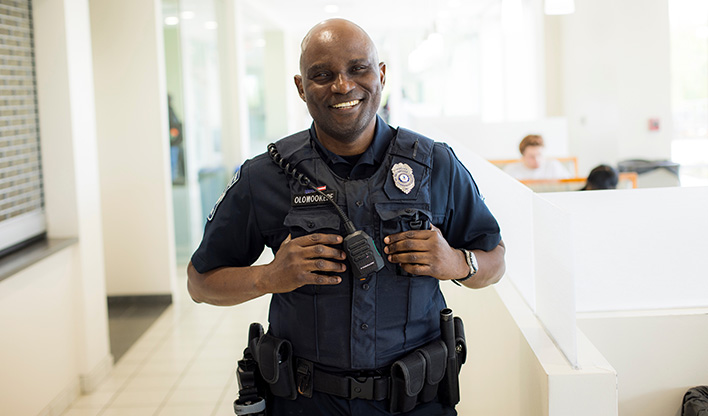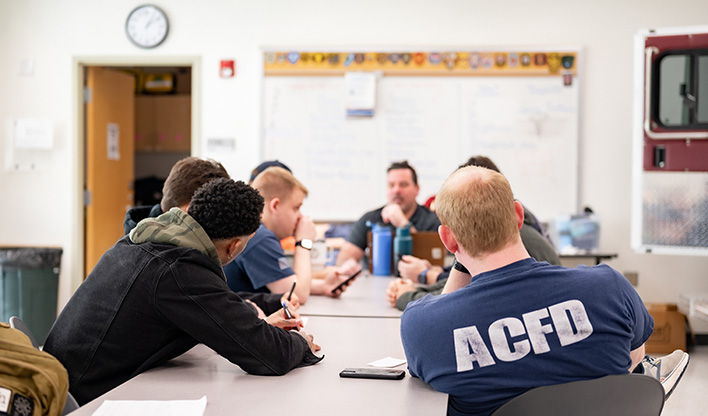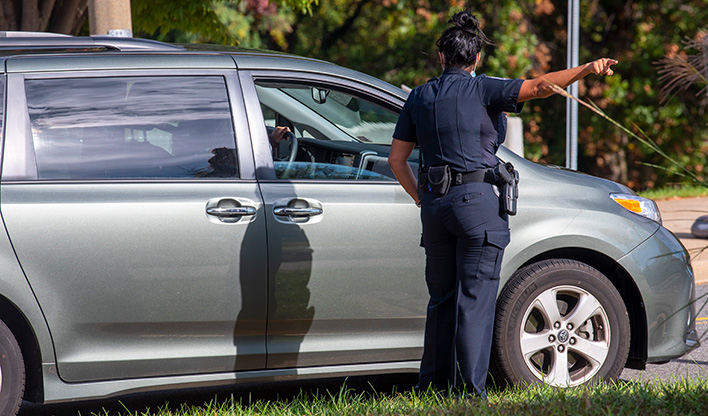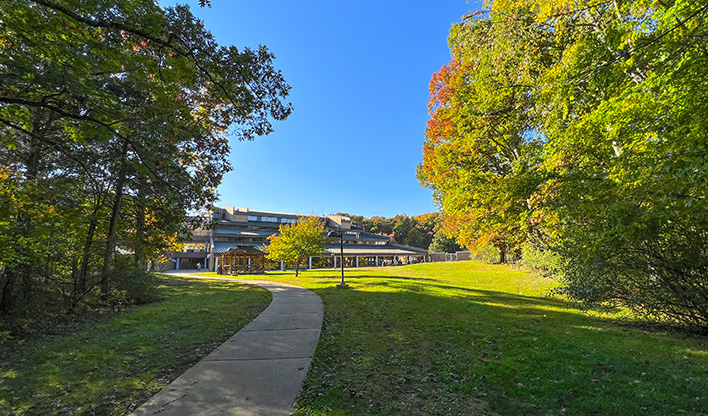Safety is a Priority
The safety of students, faculty, staff and visitors at NOVA is a top priority. We want to create and maintain a safe, secure environment where learning can flourish. Each campus is staffed with police and public safety officials, emergency preparedness plans and a system for notifying students of campus closures due to inclement weather or other safety issues.




